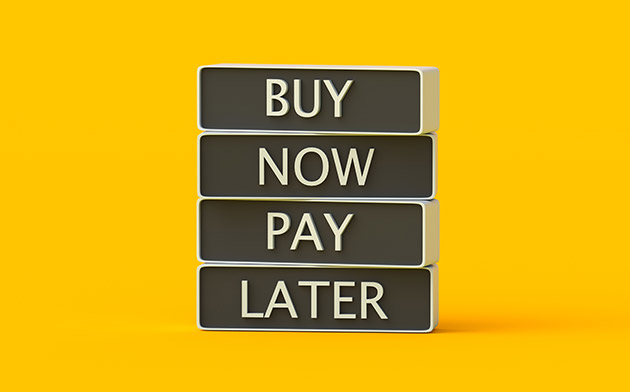What would you rather have—several hundred dollars in monthly payments spread across all your credit cards or one smaller payment over a set number of years?
If you’re a homeowner, a home equity line of credit (HELOC) may be what you need to reel in debt. A HELOC can be more than just a means of improving or renovating your home—it’s also a valuable tool for consolidating high-interest payments.

How it works
Not to be confused with a home equity loan, a HELOC is a revolving line of credit into which you can sink your credit-card balances. Because HELOCs are secured by your home, their interest rates are considerably lower than credit cards. And the more of your home you have paid off, the better off you’ll be.
The two key factors for determining a HELOC interest rate are your credit score and property type (primary vs. investment). If you have excellent credit, you could conceivably get a HELOC at a much lower rate than any of your credit cards. Rates often fluctuate, so check out SELCO’s rate sheet to stay on top of it. Even if your credit isn’t stellar and your LTV is above that threshold, you’ll still enjoy a much better rate than the current average credit card rate of 24% (as of December 2024). And that’s just the average.
“If you’re looking to consolidate your high-rate credit cards into one payment, HELOCs are a great way to save money on your monthly payments and total interest paid,” said Jessica Fairchild-Clements, Membership Accounts & Processing Center Manager at SELCO.
An example
At SELCO, a potential line of credit is up to 80% of your home’s value minus the balance on your mortgage. Here’s an example using the 80% formula: If your home is worth $450,000 and you owe $300,000 on your mortgage, you’d likely be eligible for a line of up to $60,000.
$450,000 x 80% = $360,000
$360,000 – $300,000 = $60,000
Let’s run a scenario based on that calculation: Say you’re saddled with $10,000 of credit-card debt, with interest rates all hovering above 20%. If you transferred all that debt into a HELOC, you could pay as little as $100 per month with an interest rate south of 10%. At SELCO, HELOC payments can be as low as 1% of the outstanding balance based on your most-recent advance.
Smart next steps
Now that your debt is tucked away in one bucket, be sure to limit your use of those suddenly zero-balance cards. “Otherwise, you could make a difficult situation even worse,” Fairchild-Clements said.
Minimizing your balance may also have a positive effect on your credit score. Thirty percent of your score is determined by your credit capacity, so while paying off or paying down your cards will most likely improve that score, it also helps to keep at least one of those cards open (as long as you’re not stuck with annual fees).
There are other factors to consider. SELCO gives you 15 years to pay back your full HELOC balance, so there’s plenty of time to eliminate your debt at a relatively low interest rate. But since your home is collateral, make sure you can afford the minimum monthly payments. Fall behind and you run the risk of foreclosure on your house. HELOC rates are variable, so should the Federal Reserve increase the APR, yours will as well—unless you lock into a fixed rate. “But remember that your credit card rate could also go up,” Fairchild-Clements said.
There are a few other factors to weigh that may influence your decision. Some lenders charge an annual fee that can be as high as $100 (SELCO charges $45 annually). If a full appraisal is required, SELCO requires that be paid out of pocket. SELCO also issues a fee if you close the loan within the first 24 months; at the same time, most upfront costs are covered. And finally, you’ll want to make sure your debt-to-income ratio—monthly loan payments divided by your gross earnings—is no more than 40%–45%.
If the math adds up and you have a plan that you’ll stick to, a HELOC may be the vehicle you need for the road to financial freedom. And who knows? Maybe there will be room at the end for those home improvements you’ve been putting off while paying down your debt.


